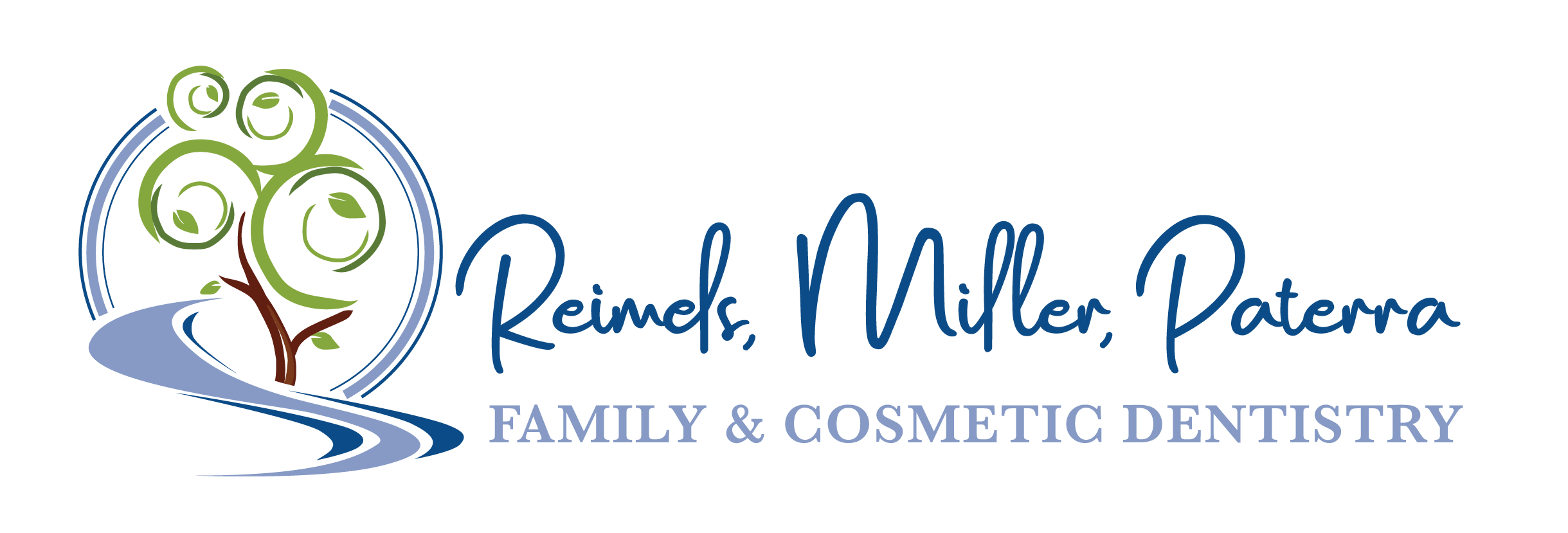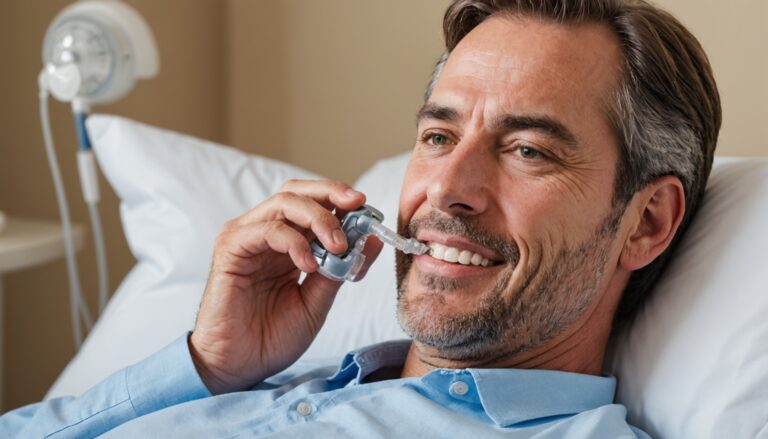Dental Solutions for Sleep Apnea
Dentists as Treatment Providers
When exploring treatment options for sleep apnea, many individuals may not realize that dentists can provide effective solutions. Dentists are equipped to assess and fit oral appliances, which can be particularly beneficial for those with mild to moderate obstructive sleep apnea. Understanding how dentists can assist is an essential step in your treatment journey. They can perform a thorough evaluation and often work closely with sleep specialists to determine the most suitable treatment plan for you.
Oral appliances, commonly known as mandibular advancement devices (MADs), reposition the jaw to keep the airway open during sleep. Research indicates that dentists are trained to identify dental or anatomical issues that could contribute to sleep apnea, making them valuable partners in your treatment process. You can learn more about how dentists help with sleep apnea in our detailed article on how dentists help with sleep apnea.
Importance of Early Intervention
Early intervention in sleep apnea is crucial, especially for individuals experiencing mild symptoms. The sooner you seek treatment, the more manageable the condition may become. Delaying treatment can lead to more severe health issues over time, such as hypertension, heart disease, and diabetes. It’s also important for your overall well-being since untreated sleep apnea can significantly affect your quality of sleep and daily functioning.
Utilizing dental solutions, like oral appliances, as an initial treatment option can prevent the condition’s progression. Additionally, they are often more comfortable and easier to adapt to than continuous positive airway pressure (CPAP) machines. If you are looking for information on the initial steps to take, consider reading about treatment options for mild sleep apnea or moderate obstructive sleep apnea treatment options.
By addressing sleep apnea promptly, you can help avoid long-term consequences associated with the condition and improve your overall sleep quality. Engaging with a dental professional early in the process can provide the guidance you need for successful treatment. To check if you’re eligible for oral appliance therapy, visit who qualifies for oral appliance therapy sleep apnea.
Mandibular Advancement Devices (MADs)
Mandibular advancement devices (MADs) are a popular dental solution for individuals experiencing obstructive sleep apnea (OSA). These devices help to position the lower jaw forward, which can aid in opening up the airway and reducing both snoring and breathing interruptions often associated with sleep apnea.
Custom-Made MADs
Custom-made oral appliances are tailored specifically to fit your mouth, offering a better fit and more comfort than over-the-counter alternatives, such as “boil and bite” models. According to the Cleveland Clinic, custom devices are essential for achieving optimal results, especially for those with mild to moderate obstructive sleep apnea who cannot tolerate Continuous Positive Airway Pressure (CPAP) machines.
The process for obtaining a custom MAD typically involves a dental evaluation, where your dentist will create a mold of your teeth and discuss your specific symptoms and needs. This customized approach ensures that the device effectively addresses your individual condition.
Effectiveness and Success Rates
The effectiveness of MADs in treating OSA is well-documented. Studies show that approximately 70% of patients experience a significant reduction in the severity of their symptoms, while about one-third may completely resolve their symptoms with the use of MAD therapy [1]. Below is a table summarizing the effectiveness of MADs:
| Outcome | Percentage of Patients |
|---|---|
| Reduction in severity of symptoms | 70% |
| Complete resolution of symptoms | 33% |
| Similar effectiveness to CPAP in reducing daytime sleepiness | Yes |
Though less effective than CPAP machines for reducing pauses in breathing and improving blood oxygen levels, MADs have been shown to perform comparably in enhancing overall sleep quality, reducing snoring, and lowering blood pressure. Additionally, MADs might help alleviate symptoms of depression, leading to improved quality of life for individuals dealing with obstructive sleep apnea [2].
For more detailed insights into how oral appliances work and the overall benefits and limitations, consider exploring articles on how oral appliances work for sleep apnea and benefits of oral appliance therapy for sleep apnea.
Tongue-Retaining Devices (TRDs)
Functionality of TRDs
Tongue-retaining devices (TRDs) are designed to help manage obstructive sleep apnea (OSA) by stabilizing the tongue during sleep. Unlike mandibular advancement devices (MADs), which shift the jaw forward, TRDs work by holding the tongue in a position that prevents it from blocking the airway. This is achieved through suction, which keeps the tongue in place and maintains an open airway throughout the night.
Though less common than other oral appliances, TRDs have shown promise in decreasing instances of interrupted breathing and reducing daytime sleepiness in individuals with sleep apnea. Studies have highlighted their potential benefits in improving airflow during sleep, making them a viable option for those seeking alternatives to traditional treatments like CPAP.
Comparative Effectiveness
When comparing TRDs to other treatments for sleep apnea, it is essential to understand their effectiveness relative to MADs and CPAP devices.
| Treatment Option | Success in Reducing Apnea Events | Typical User Compliance Rate | Recommended for Mild/Moderate OSA |
|---|---|---|---|
| Tongue-Retaining Devices | Moderate to High | Moderate | Yes |
| Mandibular Advancement Devices | High | High | Yes |
| CPAP Devices | Very High | Varies | Yes |
Data suggests that while TRDs can effectively reduce apnea events and are recommended for mild to moderate OSA, they may not be as widely accepted or as successful as MADs or CPAP machines in some cases.
It’s crucial to consult with your dentist to explore the available dental solutions for sleep apnea and determine which appliance is the best fit for your specific needs. If you are interested in learning about your options regarding oral appliances and their effectiveness, please refer to articles on how oral appliances work for sleep apnea or the benefits of oral appliance therapy for sleep apnea.
Pros of Oral Appliance Therapy
Oral appliance therapy has become a popular non-CPAP treatment option for individuals with obstructive sleep apnea (OSA). Here are some notable advantages of using dental solutions to address your sleep apnea symptoms.
Improved Sleep Quality
One of the primary benefits of oral appliance therapy is the significant improvement in sleep quality for users. By reducing airway blockages during sleep, oral appliances help ensure sufficient airflow, which can lead to more restful nights [3]. Many users report experiencing better quality sleep, waking up feeling more refreshed and alert.
| Study Findings | Percentage of Patients Reporting Improvement |
|---|---|
| Reduced OSA Symptoms | 75% |
| Improved Overall Sleep Quality | 70% |
| Decreased AHI (Apnea-Hypopnea Index) Scores | 80% |
These findings indicate that oral appliances can be effective in alleviating symptoms associated with sleep apnea, allowing for better overall well-being.
Reduction of Snoring
If you or your partner struggle with snoring, oral appliances can also help address this persistent issue. According to research, these devices can effectively eliminate or significantly reduce snoring by improving airway openness during sleep [3]. This reduction in snoring not only benefits the user but also contributes to a more peaceful sleep environment for sleeping partners.
| Snoring Reduction | Percentage of Users Experiencing Less Snoring |
|---|---|
| Complete Resolution | 30% |
| Significant Reduction | 50% |
| Minimal Change | 20% |
By incorporating an oral appliance into your nightly routine, you may find not only your sleep improves but also the quality of life for those around you. For more information on how dental professionals can assist with sleep apnea treatments, visit our page on how dentists help with sleep apnea.
Embracing oral appliance therapy could be the first step toward better sleep if you have mild to moderate obstructive sleep apnea. Understanding the pros and cons of dental sleep apnea devices is essential for making an informed decision about your treatment options.
Cons of Oral Appliance Therapy
While dental sleep apnea devices can offer numerous benefits, there are also drawbacks to consider when evaluating the pros and cons of dental sleep apnea devices. Understanding these potential side effects can help you make an informed decision about your treatment options.
Short-Term Side Effects
Oral appliance therapy for obstructive sleep apnea (OSA) may have some immediate side effects. Common issues include:
- Dry Lips: Many users experience dryness in the mouth or lips, especially during the initial adjustment phase.
- Excessive Saliva Production: Some individuals may notice increased salivation after starting therapy.
- Jaw Discomfort: Depending on the fit of the device, jaw pain or discomfort can occur as you get used to wearing it.
These symptoms generally improve as you adapt to the device [3]. It’s important to follow up with your dentist if these side effects persist or worsen.
| Side Effect | Description |
|---|---|
| Dry Lips | Lips may become dry or chapped. |
| Excessive Saliva | Increased saliva production may occur. |
| Jaw Discomfort | Initial discomfort in the jaw area. |
Long-Term Dental Changes
Long-term use of oral appliances can lead to significant dental changes. Studies have shown that users may experience:
- Maxillary Incisor Retroclination: This refers to the backward movement of the upper front teeth.
- Mandibular Incisor Proclination: This indicates a forward movement of the lower front teeth.
These dental changes are associated with the duration of treatment, body mass index (BMI), and anatomical factors. Research indicates that these effects can become more pronounced with extended use, averaging around 12.6 years [4]. Tooth movements due to oral appliances can continue well beyond the first two years of use [5].
| Dental Change | Description |
|---|---|
| Maxillary Incisor Retroclination | Upper front teeth move backward. |
| Mandibular Incisor Proclination | Lower front teeth move forward. |
While the benefits of oral appliance therapy are significant, it’s crucial to weigh these potential short-term and long-term side effects against the advantages. Consulting with a dentist who specializes in sleep apnea treatment can help you determine the best course of action for your specific needs. For more information on how dentists can help, visit our article on how dentists help with sleep apnea.
Comparing Oral Appliances to CPAP
When exploring treatment options for sleep apnea, you may wonder how oral appliances compare to the more traditional continuous positive airway pressure (CPAP) machines. This section examines the effectiveness in symptom improvement and compliance rates of both methods.
Effectiveness in Symptom Improvement
Oral appliances are designed primarily for individuals with mild to moderate obstructive sleep apnea (OSA) who are unable to use CPAP machines. While they improve symptoms, studies indicate that they are slightly less effective than CPAP in achieving absolute symptom relief. Custom-made oral devices, however, tend to provide the best outcomes for symptom management compared to over-the-counter “boil and bite” models [3].
The following table summarizes the effectiveness of oral appliances versus CPAP in terms of symptom improvement:
| Treatment Method | Average Symptom Improvement (%) |
|---|---|
| Oral Appliances | 50-80% |
| CPAP | 80-95% |
While both options can result in meaningful improvement, CPAP generally delivers higher rates of symptom resolution.
Compliance Rates
Compliance is a crucial factor when evaluating sleep apnea treatments. Many patients experience challenges with CPAP usage, leading to a significant dropout rate. Research shows approximately 50% of CPAP users do not consistently use their devices. In contrast, oral appliances are found to be more user-friendly and have a much higher compliance rate of around 90% [1].
The following table shows compliance rates for oral appliances and CPAP:
| Treatment Method | Compliance Rate (%) |
|---|---|
| Oral Appliances | 90% |
| CPAP | 50% |
These figures suggest that, while CPAP may be more effective in symptom relief, oral appliances offer superior adherence rates, making them an appealing alternative for those who struggle with CPAP usage.
In summary, when weighing the pros and cons of dental sleep apnea devices, consider both the effectiveness in symptom improvement and compliance rates. For further insights into the specifics of dental solutions, explore topics such as how dentists help with sleep apnea and the difference between CPAP and oral appliance therapy.








